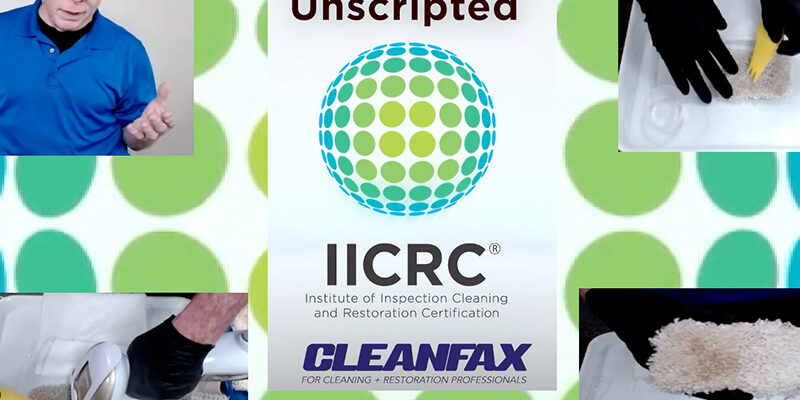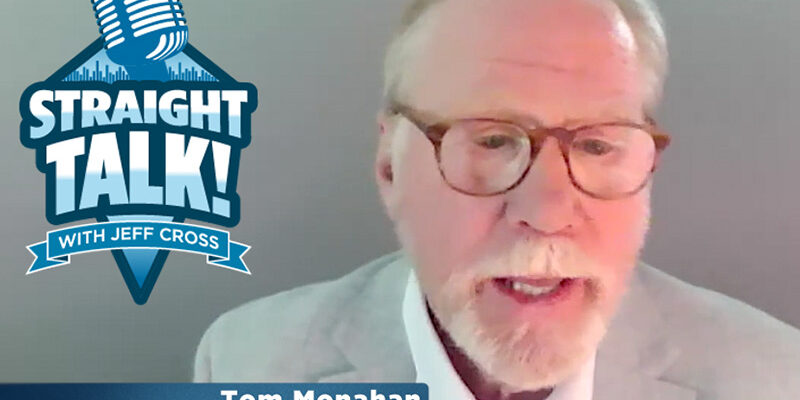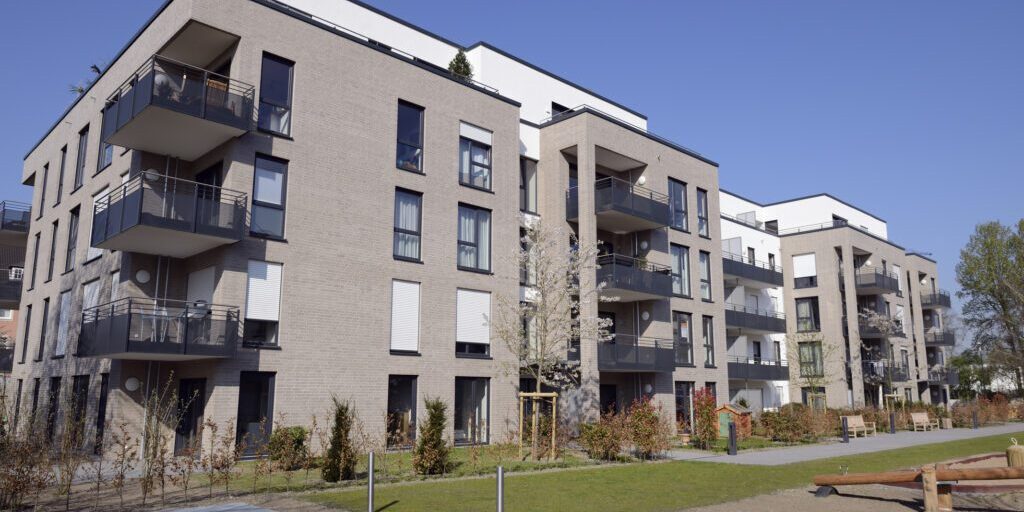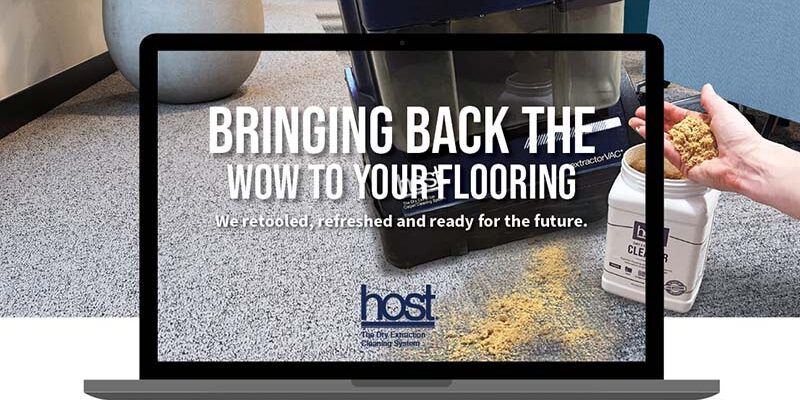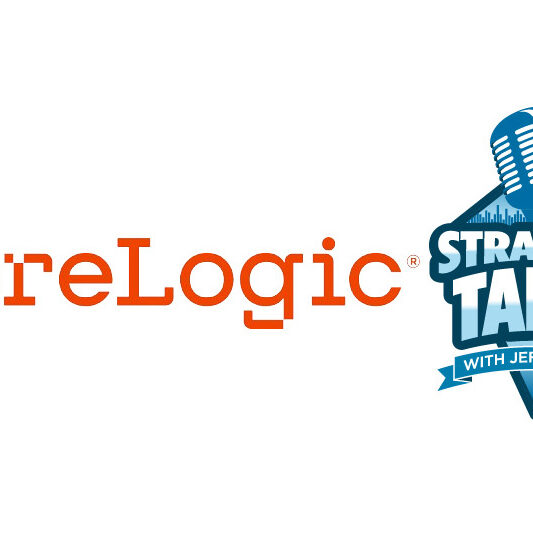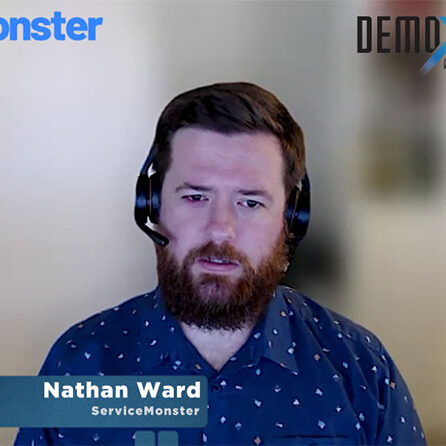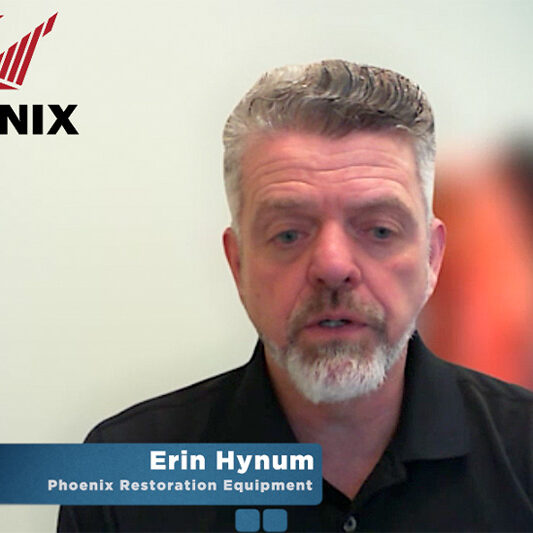Carpet Fiber Stats: Why it’s ‘Curtains for Nylon Carpet’

By Jim Smith
Recently, this writer purchased a home that they wanted to be built sometime next year. Part of the process when designing and building the home was choosing from various floorcovering options. Surprisingly, the only choice for carpet was polyester. Where was the nylon?
This writer had been in the carpet cleaning industry for close to 50 years. He had been teaching carpet cleaning for well over half that time as well. The major focus of most of these lessons was nylon and its advantages and limitations.
According to FLOORCOVERING NEWS’ June 30, 2022 issue, nylon was only 14% of the residential side of the market and 20% overall. It was in 2012 that it lost its first-place position to polyester. It is not uncommon to find that nylon is a special-order item.
So, what does this mean to those who clean carpet?
Redefining the carpet fiber status quo
Professional training for carpet cleaning centers around nylon and hardly focuses on polyester. For many years, polyester was only 10% of the market. Thus, our cleaning curriculum is outdated.
FLOORCOVERING NEWS’ latest stats place polyester at 65% of the residential market. Similarly, triexta (which has chemical similarities to polyester) accounts for 15% of the market.
With this said, how should a cleaner approach polyester and triexta compared to nylon?
For the most part, nylon is more prone to chemical issues and fewer texture problems. One should know that nylon is water-attracted enough to stain with food and beverages. Strong alkaline wet detergents common to the carpet cleaning industry will destroy nylon’s protector against those kinds of stains.
Strong alkaline residues also cause a loss of color whereas many bleaches can cause bleach spots. Cationic surfactants common to disinfectants and deodorizers will also attack that protector as well. Failure to comply with manufacturer’s guidelines on cleaning has led to many cleaners being liable for loss of warranty and liability claims.
Polyester and triexta on the other hand are very different.
Polyester/Triexta’s carpet fiber qualities
Polyester and triexta are not susceptible to problems from alkalinity and cationic surfactants. Their chemical issues are with oils and oily substances such as nonionic surfactants. Polyester and triexta carpet, without protector against oil, are far more challenging on average when looking to achieve an acceptable appearance when heavily soiled.
For water rinse extraction, presprays frequently need strong alkalinity and strong emulsifiers to achieve desirable results. Dry compound extraction frequently needs special absorbents that are more oleophilic.
Does anyone recall being taught how absorbency of water and oil is dependent upon the ‘polarity’ of the absorbent? Whereas the chemical issues with polyester and triexta are different from nylon, they are not as big of a concern as the texture issues.
Carpet texture differences to recognize
There should be a deep understanding of the texture issues for each carpet material as they are not the same for polyester and triexta. For example, polyester is the softest of the three and is prone to scratches from sand. These scratches cause the light to reflect in such a way that they look soiled even though they are clean. This type of soil is referred to as ‘apparent soil.’ Fixing these issues is not commonly covered in most cleaning programs.
Triexta’s texture issues are self-evident from its cleaning specifications which are different from polyester. Cleaning methods are restricted to only water rinse extraction and dry compound extraction. There are even limitations to these methods. Routine maintenance is limited to just a few vacuum cleaners known for their soft brushes. Once again, failure to comply with a manufacturer’s cleaning specifications can lead to a cleaner being liable for claims.
So, what is the conclusion of all of this?
If your job involves systemizing a cleaning program for different carpet, first know:
1) The fiber type: can you distinguish between these three fibers?
2) Does your understanding of alkalinity go beyond pH? Remember that pH is not the measurement of alkalinity but is just one aspect of it.
When considering your training, inquire as to whether the course you are taking is covering changes in the industry. Polyester and triexta were 80% of the residential market and 66% of the overall market last year, and as such, it’s about time the industry begins to embrace these changes and learn how to work with them moving forward.


